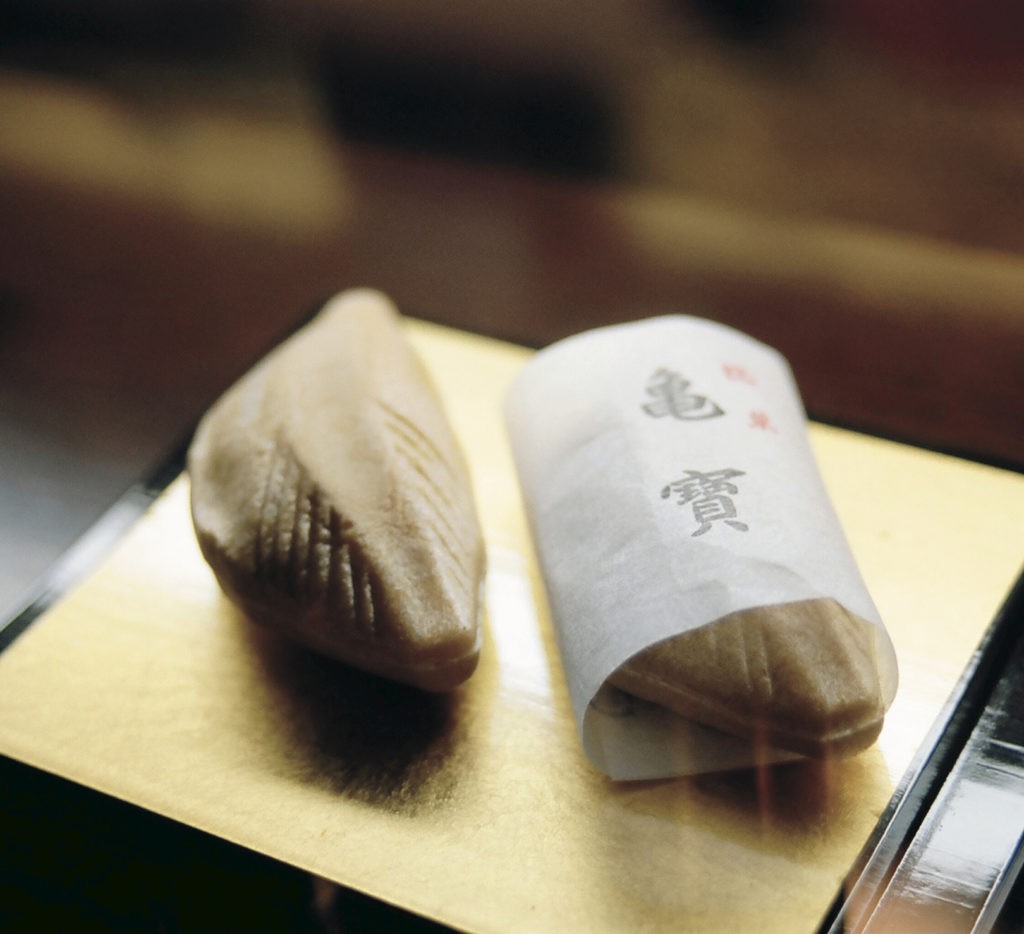
Story 01 | Edible Monuments
The main street of Yaizu is almost empty. Apart from a few old ladies flirting between shops, there are no physical traces of the streets former life, back when it was a covered arcade and “so crowded, everyday felt like a festival” according to Miki Sakurai, an 80 year old Yaizu resident. Helping that festival atmosphere, Yaizu had– up until the ‘60s– more bars per capita than any other city in Japan. Exhausted fishermen returning from month long voyages would collect an enormous paycheck; enough to buy a house, or a lot of alcohol. These were Yaizu’s glory days, when every catch was thought of as a lucky catch.
Business was booming and nothing captured the flavor of that success more than a box of ‘Kiho’ sweets from Shiragiku, one of the oldest and most distinguished sweet shops in Yaizu. It became customary for fishermen to share their joy at returning with a big catch by giving out Kiho to friends, family and acquaintances. Shaped like ‘katsuo bushi’, or dried bonito, the sweet snack is still a favorite but today is loved more as a 50 year old artifact. “I eat one everyday” says Fumihiko Osawa- the third and current owner of Shiragiku- referring to the Kiho. The sweet is a type of Wagashi, or Japanese sweet, known as ‘monaka,’ containing sweetened azuki paste- but not too sweet “people want more complex flavors these days” says Osawa- wrapped in a delicate wafer ‘skin.’ The skins are notoriously difficult to make, and Shiragiku’s are made from rice flour by a more experienced relative who delivers them each week.
Osawa’s grandfather and father worked at the shop before him but he is the only one to study Wagashi at university in Tokyo. Osawa feels responsible for carrying on the essential qualities of his family’s traditional sweets, but “updates the flavors for new generations.” He has been very successful; trophies from Japan’s Wagashi olympics sit across from us as we talk. “What new flavors are you working on?” we ask. Osawa takes a serious tone, “At the moment I am trying to figure out how to use fish as an ingredient in my sweets.”
< From Papersky no.32(2010) >












